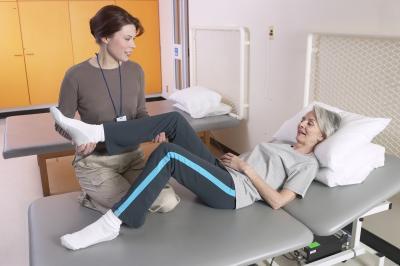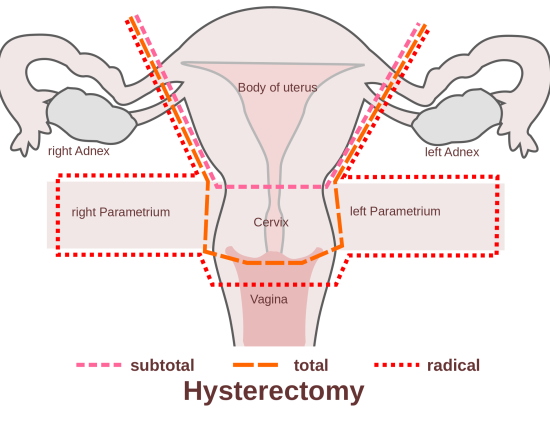In case you are thinking about osteoporosis therapy, it means that you already took the first step towards bone health. There are a lot of questions you might have regarding the medication you are taking, the length of the therapy, and the difference between the different therapies.

Common Medication
The doctors usually prescribe bisphosphonates to treating osteoporosis. These include alendronate, ibandronate, risedronate, and zoledronic acid. It is also possible to have estrogen prescribed and hormone-like medication like raloxifene. Nonetheless, only a few women use hormone replacement therapy in our days.
The Way Bisphosphonates Work
The main point of this medication is to slow down the bone breakdown process. Bones always break down and rebuild. As people get older and as the estrogen levels decrease, the bone breakdown process speeds up and the rebuilding process slows down. The purpose of the medication is to maintain the density of the bones and lower the chances of the bones breaking.
Is it the Right Medication?
The drugs belonging to this group are very similar and while there might be some differences regarding their effectiveness, they are all effective drugs. All the drugs of this group have been shown to reduce the chances of a fracture. The decision is usually made based on preference, adherence to the dosing, and convenience.
Common Side Effects
The most common side effects of bisphosphonates include heartburn and having an upset stomach. In order to decrease the chances of the side effects, you should take the medication on an empty stomach with a glass of water. Lie down after taking the pill so that it won’t get back into the esophagus.
Injected Medication versus Oral Regimen
The pills don’t absorb too well in the stomach, this is why you need to take them on an empty stomach. You should know that there are some approved injected medication as well, ibandronate and zoledronic acid. These don’t cause an upset stomach and using them may be more convenient for some of the patients.
Can the Medication hurt the Bones?
In some cases the long use of the medication can lead to the cracking of the thigh bone, but it never breaks completely. This problem can lead to pain in the groin or in the thigh that gets worse with time. In some rare cases it can appear simultaneously in both thighs.
Jawbone
In rare situations the problem can also affect the jawbone. Usually it appears in case of patients who take regular high doses of the medication by injection. This is usually the case of bone cancer patients and it can result in a poor healing of the jawbone.
The Length of the Treatment
Specialists claim that a five year therapy with the medication is safe for most patients. The majority of the studies have been performed on a five year time frame. Beyond this period the effects are less certain. Still, it is known that the effects of the medication persist even if the patient stops taking the bisphosphonate pills.






